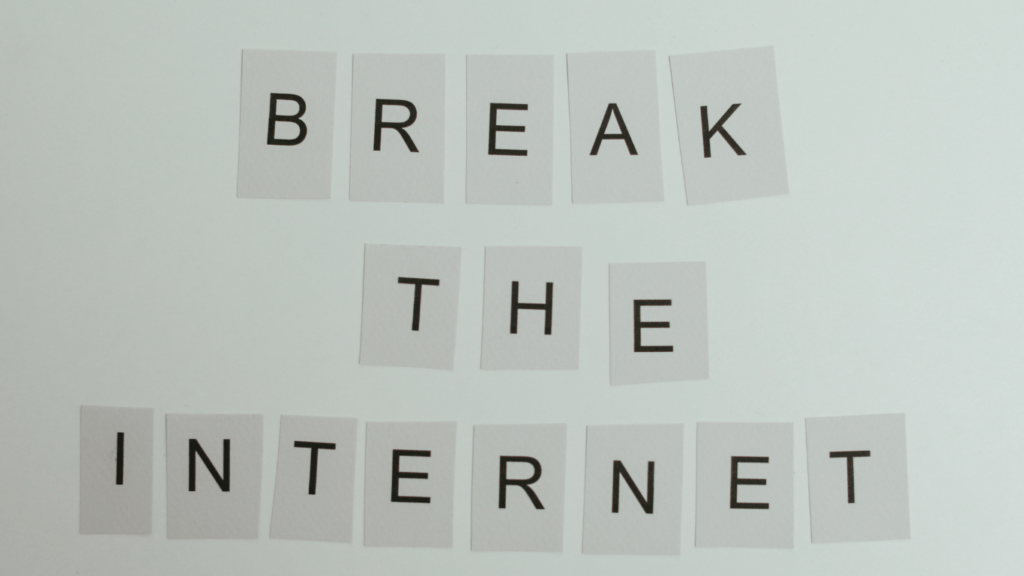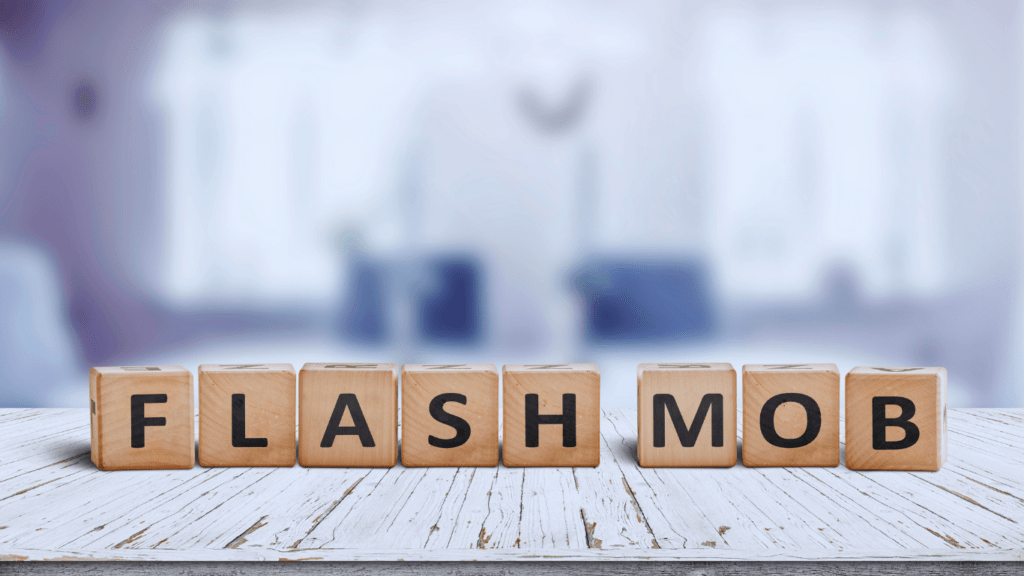Understanding Viral Trends
Viral trends capture widespread attention by spreading rapidly across platforms, resonating with diverse audiences. Understanding their mechanics helps uncover patterns that drive engagement and popularity.
What Makes a Trend Go Viral?
Several factors contribute to trends going viral. Emotional resonance plays a key role, as content that evokes strong feelings—such as humor or nostalgia—tends to be shared more. Timing also matters; trends often align with social events, seasonal cycles, or current news to gain relevance. Simplicity increases shareability, as straightforward and relatable content spreads faster. Platforms amplify trends when algorithms prioritize them based on high engagement rates.
Historical Examples of Viral Phenomena
Past viral trends demonstrate how diverse triggers lead to widespread attention. The Ice Bucket Challenge of 2014 raised over $115 million for ALS research by blending a charitable cause with shareable content. The #MannequinChallenge in 2016 captivated millions by encouraging creative participation in a global online freeze-frame movement. More recently, TikTok dance challenges like the 2020 “Renegade” showcased how younger audiences and short-video formats drive trends. These examples reflect how cultural moments, novel ideas, and collaborative participation spark massive appeal.
Can You Predict the Next Big Viral Trend?
Identifying the next viral trend requires understanding how ideas gain traction across platforms. Experts combine cultural insights, digital tools, and data-driven strategies to recognize patterns signaling potential virality.
The Role of Social Media in Trend Prediction
- Social media platforms act as amplifiers and early indicators of potential trends.
- Algorithms expose content to targeted audiences, accelerating reach if engagement rates increase rapidly.
- Platforms like TikTok and Instagram are particularly known for enabling trends through user-generated content and shareable formats.
- Monitoring hashtags, trending challenges, and comment patterns provides real-time insights into emerging interests.
- Viral dynamics often start with micro-influencers or niche communities, gradually expanding as content resonates with broader demographics.
Data and Analytics: The Modern Crystal Ball
Data analytics enhances trend forecasting by uncovering user preferences and behavior. Tools like Google Trends and sentiment analysis software detect spikes in search volume and emotional reactions, respectively.
AI-driven platforms use machine learning to predict patterns from vast datasets, integrating variables like time, location, and social interactions. By comparing historical data alongside emerging activity, experts identify trends nearing critical mass before they go viral.
Expert Opinions on Predicting Viral Trends

Experts in diverse fields share strategies for anticipating such:
- viral trends
- data analytics
- social insights
- behavioral understanding
These perspectives highlight the multidimensional approach needed to forecast cultural phenomena.
Insights from Social Media Specialists
Social media specialists emphasize the role of algorithms, engagement metrics, and audience segmentation in detecting emerging trends. They observe that platforms like TikTok, Instagram, and X (formerly Twitter) often act as incubators for viral content. For instance, TikTok’s “For You” page dynamically curates content based on user preferences, offering early visibility to potential trends.
Specialists analyze comment sections, user sharing patterns, and trending hashtags to identify what resonates with specific demographics. For example, the rise of the #SeaShanty trend on TikTok demonstrated how niche communities can ignite viral waves. Real-time tools like BuzzSumo and Sprout Social help track high-engagement content, signaling possible virality. They argue that understanding platform-specific behavior is vital for prediction accuracy.
Perspectives from Behavioral Scientists
Behavioral scientists explore how psychological and social factors drive virality. They suggest that emotional triggers, such as humor, nostalgia, or empathy, significantly influence sharing behavior. Content invoking joy or surprise has a higher likelihood of spreading quickly, as seen with memes and challenges like the “Wholesome Memes” trend.
These experts study the role of crowd dynamics and social proof, where individuals adopt behaviors or content endorsed by their peers. For example, the Ice Bucket Challenge’s success stemmed from peer influence and its altruistic appeal. Behavioral scientists also utilize sentiment analysis to gauge public mood, helping forecast trends aligning with collective emotions.
Challenges in Predicting Viral Trends
Predicting viral trends requires navigating complexities tied to human behavior, societal influences, and external events. Even with advanced tools, many factors remain resistant to precise forecasting.
The Unpredictable Nature of Human Behavior
Human behavior often defies patterns, making it difficult to anticipate public reactions. People’s interests shift rapidly, driven by cultural shifts, emotional states, and individual preferences. For instance, content that resonates deeply with one demographic might fail entirely with another, reflecting diverse motivators for engagement.
Spontaneity adds another layer of unpredictability. Viral content often hinges on unplanned moments, such as an impromptu tweet or a relatable meme gaining unexpected traction. These are impossible to preempt fully, even with machine learning or behavioral insights.
The Influence of Unexpected Events
External events frequently disrupt predictions, transforming attention streams unpredictably. Major occurrences like global events, celebrity actions, or viral news stories can overshadow or propel content unexpectedly. For example, the rise of Zoom-based memes during the early pandemic illustrates how global circumstances generate trends no algorithm could foresee.
Timing challenges arise in reacting to such events. Trends can emerge and vanish within days, making it hard to identify viral potential before it’s too late. Even experts monitoring in real-time may struggle to capitalize on the narrow window of opportunity created by such events.
Tips for Spotting Potential Viral Trends
Recognizing potential viral trends involves analyzing behaviors, monitoring digital patterns, and utilizing prediction tools. Experts rely on strategic approaches to identify trends before they gain mass traction.
Identifying Key Indicators
Spotting trends starts with observing consistent patterns in digital behavior. Engagement levels on social media posts, sudden spikes in hashtag usage, and the growing popularity of niche topics signal potential virality. Emotional triggers often play a key role, such as humor, nostalgia, or inspiration, which prompt users to share content widely. Watching micro-influencers and emerging online communities can help, as cultural shifts frequently start within smaller groups before reaching mainstream appeal. I also prioritize timing, as well-timed content linked to current events can amplify traction significantly.
Tracking comment threads and user reactions provides valuable insights. For instance, noticing consistent keywords or phrases repeated in user discussions highlights ideas resonating with audiences. Watching platforms like TikTok or Instagram Stories where raw, real-time content flourishes also helps me find trends as they start gaining traction.
Leveraging Trend-Tracking Tools
Effective trend-spotting requires tools that analyze engagement and identify rising interests. Platforms like Google Trends offer data on search volume spikes, showing what users are curious about in real time. Monitoring software like BuzzSumo tracks the performance of viral articles and videos, making it easier to identify content gaining popularity. Social listening tools, such as Brandwatch or Mention, analyze online conversations, highlighting emerging topics or phrases that could signal the next trend.
AI-driven platforms like Trendspottr leverage machine learning to detect patterns in social media posts, providing predictions based on historical and current data. Analyzing social metrics like shares, likes, and saves across platforms improves accuracy when narrowing down potential viral content. By integrating these tools with consistent observation, I can better forecast which trends are poised for explosive growth.


